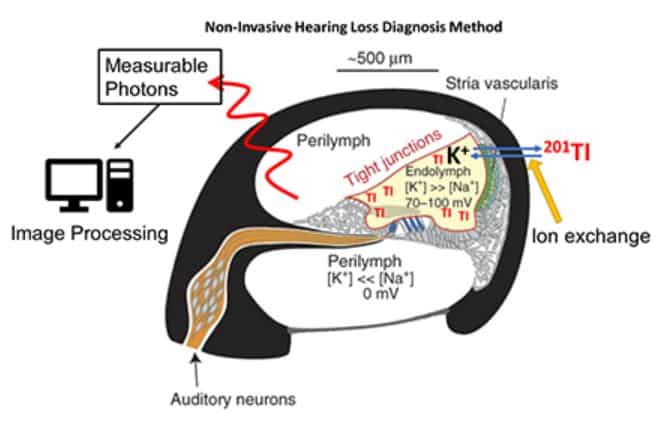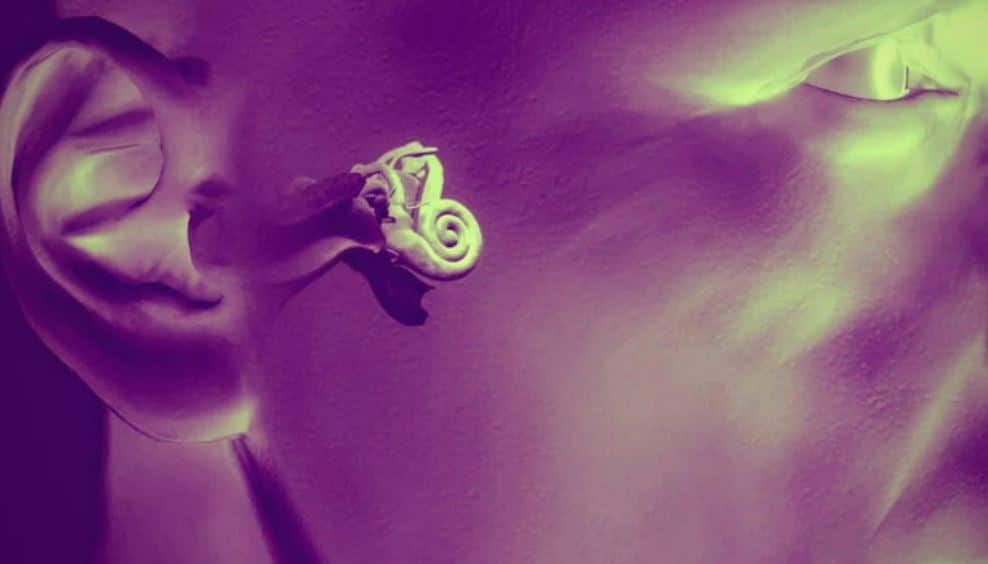TAMPA, FLORIDA — A well-known imaging test that radiologists use to monitor blood flow from the heart may soon be deployed to pinpoint what part of the ear is experiencing age-related hearing loss.
Robert Frisina, distinguished university professor and chair of the University of South Florida (USF) Department of Medical Engineering, is working with Moffitt Cancer Center to develop cutting-edge imaging that more accurately identifies problem areas. His team is focusing on the cochlea, a hollow, spiral-shaped, fluid filled cavity in the temporal bone – also called the inner ear – that has a “biological battery” needed for transmitting sound vibration information to the brain. Over time, the battery deteriorates, and it has been nearly impossible to clinically determine why.
“Diagnosing how healthy this biological battery is in patients is not yet possible. Our innovative imaging approach may make this doable in the near future for otolaryngologists and audiologists”
—Robert Frisina, PhD, Chair of the USF Department of Medical Engineering
The research team is using medical imaging involving the use of a tracer – a small amount of radioactive material that will allow radiologists to see what’s occurring inside the ear. It’s administered through an IV and is commonly used during positron emission tomography (PET) scans.

By differentiating the functionality of different parts of the cochlea, physicians can prescribe medication that will treat that specific area as a future option other than taking the blanketed approach of prescribing hearing aids.
Frisina is now fine-tuning the procedure with an R1 research grant from the National Institutes of Health, one of the most prestigious forms of federal biomedical funding. He hopes that by combining biomedical engineering and imaging with hearing sciences, his team will begin clinical trials at the conclusion of the two-year grant period – ultimately achieving this translational breakthrough for individuals experiencing hearing loss.
**Read the full story on the USF website here







